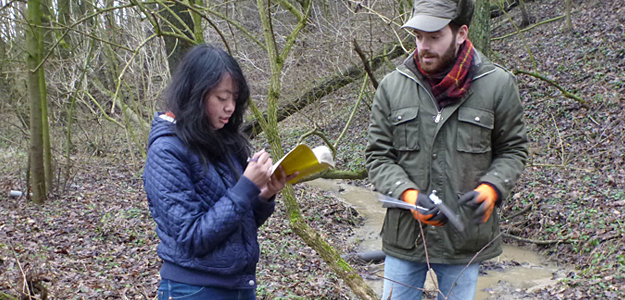People involved

Katalin Demeter
Genetic faecal markers for water safety management
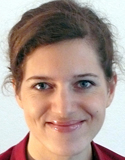
Julia Derx
Virus and organic carbon removal during river bank filtration
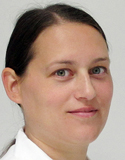
Christina Frick
Evaluating standard faecal indicator bacteria
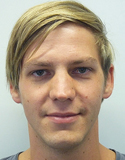
Domenico Savio
Bacterial population structures in river-groundwater systems
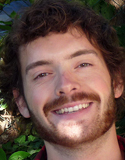
Philip Stadler
Determination of contaminant pathways and transport processes
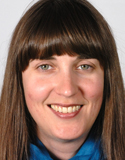
Margaret Stevenson
Measuring microbial transport in near-stream aquifers
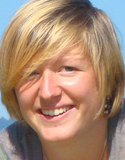
Inge van Driezum
In-situ movement and transport of contaminants through soils and aquifers
Selected publications
Schijven, J., Derx, J., De Roda Husman, A. M., Blaschke, A. P. and Farnleitner A. H. (2015) QMRAcatch - Microbial quality simulation of water resources including infection risk assessment. Journal of Environmental Quality, 44(5), 1491-1502.
Stevenson, M. E., Sommer, R., Lindner, G., Farnleitner, A. H., Toze, S., Kirschner, A. K., Blaschke, A. P. and Sidhu, J. P. (2015) Attachment and Detachment Behavior of Human Adenovirus and Surrogates in Fine Granular Limestone Aquifer Material. Journal of Environmental Quality, 44, 1392-1401.
Vierheilig, J, Savio, D., Ley, R. E., Mach, R. L., Farnleitner, A. H. and Reischer, G. H. (2015) Potential application of next generation DNA sequencing of 16SrRNA gene amplicons in microbial water quality monitoring. Water Science and Technology, 72(11), 1962-1972.
Savio, D., Sinclair, L., Ijaz, U. Z., Parajka, J., Reischer, G. H., Stadler, P., Blascke, A. P., Blöschl, G., Mach, R. L., Kirschner, A. K. T., Farnleitner, A. H. and Eiler, A. (2015) Bacterial diversity along a 2 600 km river continuum. Environmental Microbiology, 17(12), 4994-5007.
Kirschner, A. K. T., Reischer, G. H., Jakwerth, S., Savio, D., Ixenmaier, S., Toth, E., Sommer, R., Mach, R. L., Linke, R., Eiler, A., Kolarevic, S. and Farnleitner, A. H. (2017) Multiparametric monitoring of microbial faecal pollution reveals the dominance of human contamination along the whole Danube River. Water Research, 124, 543-555.
Research supervisors
Associate faculty to the Water and Health Cluster
Prof. Regina Sommer, Medical University of Vienna
Prof. Alexander Kirschner, Medical University of Vienna
ICC Water and Health
Dr. Georg Reischer, Vienna University of Technology
Mag. Nathalie Schuster, Vienna University of Technology
Prof. Robert Mach, Vienna University of Technology
Collaborators
Dr. Johann Fank, Joanneum Research, Graz, Austria
Dr. Hermann Stadler, Joanneum Research, Graz, Austria
Prof. Ruth Ley, Cornell University, USA
Prof. Alexander Eiler, Uppsala University, Sweden
Dr. Liping Pang, Institute of Environmental Science and Research, New Zealand
Prof. Jack Schijven, Netherlands Institute of Public Health (RIVM), The Netherlands
Dr. Simon Toze, CSIRO, Australia
Research › Water and health
High quality water is essential to sustain everyday life. This group explores microbes and microbial communities for monitoring and safeguarding drinking water resources.
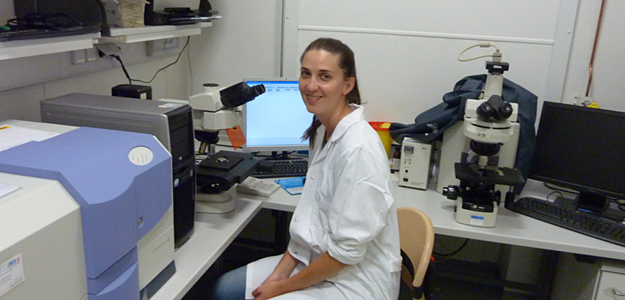
An interdisciplinary team of hydrologists, micro- and molecular biologists and chemists conducts research into bacteria and viruses in surface and subsurface water.
Laboratory, fieldwork and modelling
Locations of importance for providing drinking water resources have been chosen as the study sites for this cluster. These include the River Danube (the main channel, the backwater areas and the alluvial ground water) and karst aquifers south of Vienna. To ensure research is connected to the current water supply needs of large urban areas, long term research cooperation with Vienna Water has been established. The research is supported by the Interuniversity Cooperation Centre for Water and Health (www.waterandhealth.at).
Margaret Stevenson explores the potential of nano-particles to mimic the transport characteristics of microbes in groundwater. She is using a highly sensitive method to detect these particles (solid phase cytometry) and laboratory column experiments to understand the factors controlling their transport behaviour. Inge van Driezum is interested in how laboratory experiments can be upscaled to aquifers in a backwater setting. She is applying new combinations of different tracer substances in the field to study the transport behaviour of microbes and chemical substances.
Julia Derx is looking at the effect of groundwater fluctuations on the exchange of chemical and microbiological contamination between streams and aquifers. Based on 3-D groundwater modelling she found that fluctuations enhance mixing in the aquifer and this can increase the risk of aquifer contamination.
Microbiological and molecular diagnostics
Domenico Savio’s current research is on the bacterial community dynamics in alpine karst aquifers using next generation DNA sequencing. This is particularly interesting during high rainfall or snow melt events when land surface bacteria are washed into the aquifer, resulting in its potential contamination. Domenico´s research aims to read the full range of genetic information as available in the investigated samples to detect subtle changes in water quality from any kind of microbial pollution events.
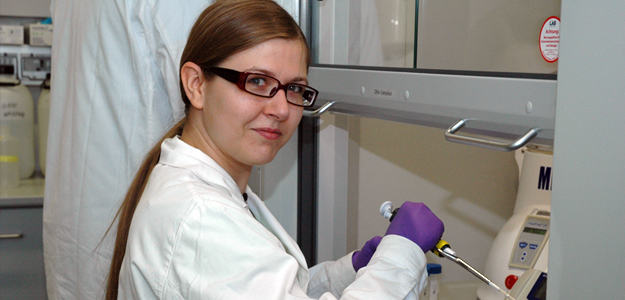
Julia Vierheilig is applying similar bio-informatic based techniques, but focusing on the molecular analysis of alternative bacterial feacal indicators. Genetic faecal marker detection and source tracking (tracking the source of faecal pollution) holds great promise for water quality testing. The first part of her research showed that currently available molecular tools have limited specificity to detect total faecal pollution based on bacterial populations called Bacteroidetes (see Research highlight). Julia is now working on a more detailed understanding of the genetic population structure and diagnostic capacity of Bacteroidetes and related bacterial phyla from a range of various intestinal and non-intestinal environments in the Danube backwater system.
In the same area, Christina Frick is studying the capacity of standard faecal indicators (E.coli and intestinal enterococci) to detect faecal contamination. Bacterial standard indicators have been applied for more than 100 years, but there is increasing debate about their applicability. One of the aims of Christina´s work is to study the quantitative occurrence and dynamics of these indicators in a backwater habitat. A three year, multi-parametric data set is being established including detailed information on the limnological, chemo-physical and hydrological conditions as well as on host-associated genetic faecal marker.
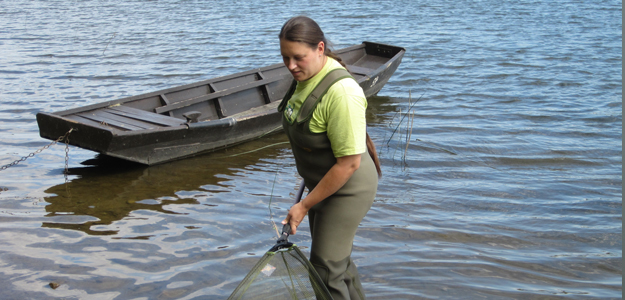
Multi-parametric signals for water quality analysis
Alternative approaches for water quality monitoring are being tested out by Philipp Stadler. He has installed an enzymatic on-line detection system at the stream in the Hydrological Open Air Laboratory. By comparing the data against conventional microbiological analyses of water samples he is evaluating the analytical capacity of this new system. He then combines the data with chemo-physical information for integrated water quality analysis.
Inge van Driezum is also evaluating the combined use of chemical and microbiological information for detecting contaminants and their transport paths for integrated hazard- and risk assessment.
